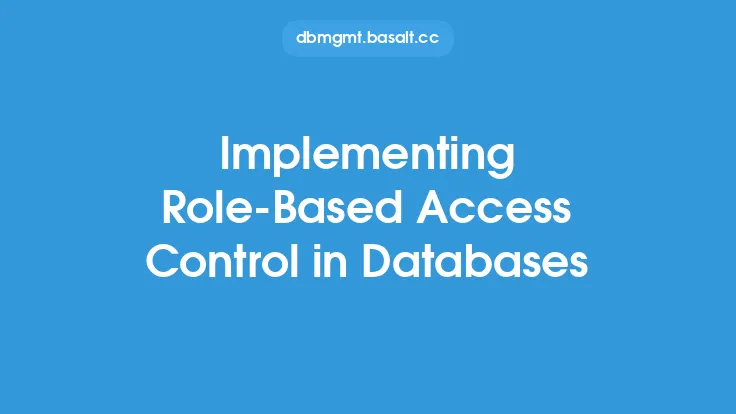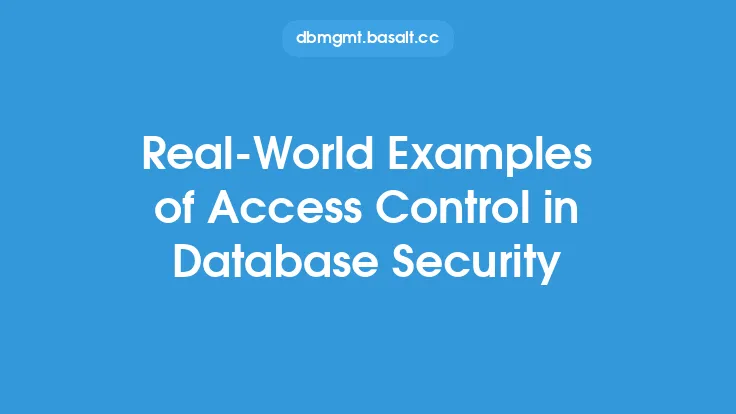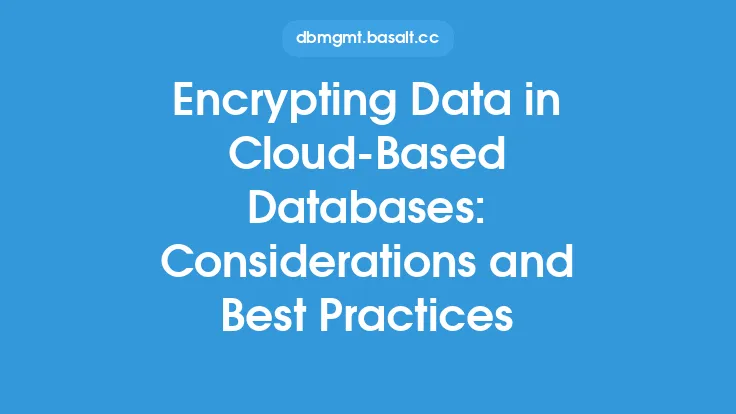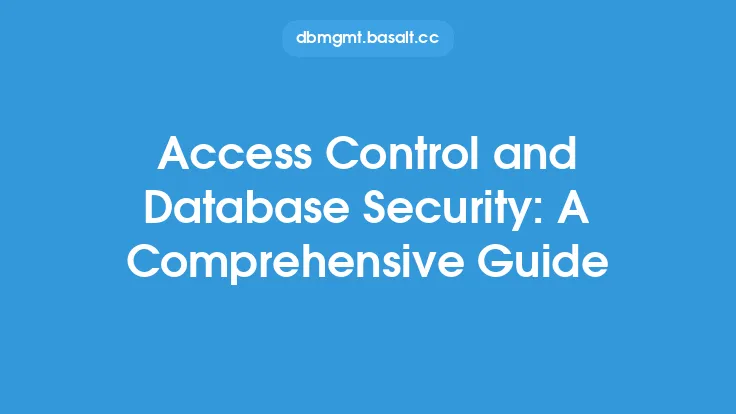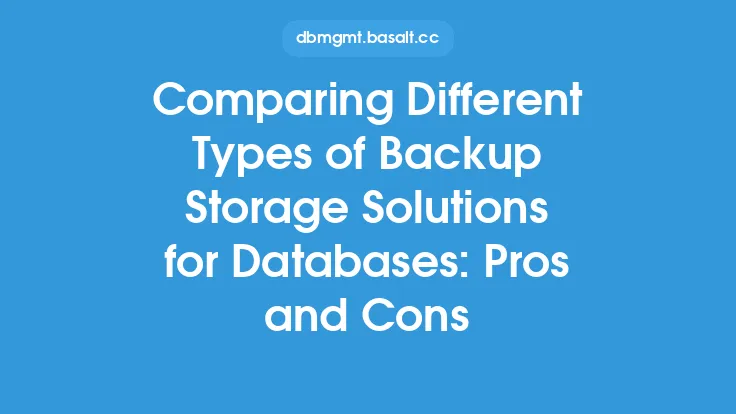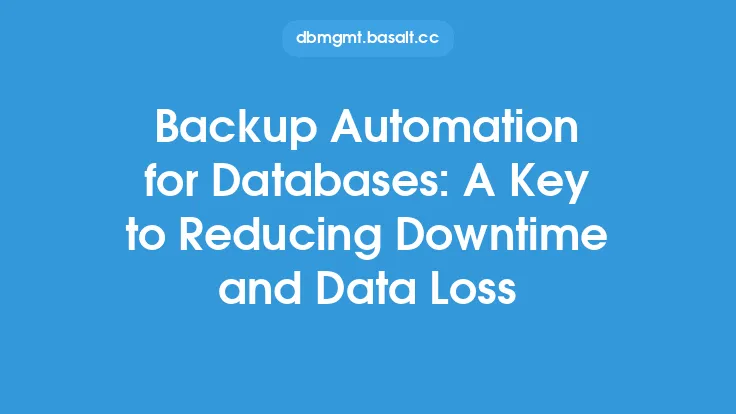The rise of cloud computing has transformed the way organizations store, manage, and access their data. Cloud databases, in particular, offer a scalable, on-demand, and cost-effective solution for data management. However, this shift to the cloud also introduces unique challenges for access control, a critical component of database security. In this article, we will delve into the unique challenges of access control in cloud databases and explore the solutions that can help mitigate these risks.
Introduction to Cloud Database Access Control
Cloud databases are multi-tenant environments where multiple customers share the same physical infrastructure. This shared infrastructure introduces new security risks, as a single vulnerability can potentially affect multiple customers. Access control in cloud databases is critical to ensuring that only authorized users can access and manipulate data. Cloud database access control involves managing user identities, authentication, authorization, and auditing to prevent unauthorized access and data breaches.
Unique Challenges of Access Control in Cloud Databases
Cloud databases pose several unique challenges for access control, including:
- Multi-tenancy: Cloud databases are designed to support multiple tenants, making it challenging to ensure that each tenant's data is isolated and secure.
- Scalability: Cloud databases are highly scalable, which can make it difficult to manage access control as the database grows.
- Dynamic infrastructure: Cloud infrastructure is dynamic, with resources being provisioned and de-provisioned rapidly. This dynamic nature can make it challenging to maintain consistent access control policies.
- Lack of control: Organizations may have limited control over the underlying infrastructure, making it difficult to implement and manage access control policies.
Solutions for Access Control in Cloud Databases
To address the unique challenges of access control in cloud databases, several solutions can be implemented, including:
- Identity and Access Management (IAM) systems: IAM systems provide a centralized platform for managing user identities, authentication, and authorization. Cloud providers often offer IAM systems, such as Amazon Web Services (AWS) IAM or Microsoft Azure Active Directory (Azure AD).
- Role-Based Access Control (RBAC): RBAC involves assigning users to roles, which define the level of access they have to the database. RBAC can help simplify access control management and reduce the risk of over-privileged users.
- Attribute-Based Access Control (ABAC): ABAC involves granting access based on a user's attributes, such as their department, job function, or location. ABAC can provide more fine-grained access control than traditional RBAC systems.
- Encryption: Encrypting data in transit and at rest can help protect against unauthorized access. Cloud providers often offer encryption services, such as AWS Key Management Service (KMS) or Azure Key Vault.
- Auditing and logging: Regular auditing and logging can help detect and respond to security incidents. Cloud providers often offer auditing and logging services, such as AWS CloudTrail or Azure Audit Logs.
Implementing Access Control in Cloud Databases
Implementing access control in cloud databases requires careful planning and execution. The following steps can help organizations implement effective access control:
- Assess the cloud database environment: Understand the cloud database environment, including the types of data stored, the users who access the data, and the potential security risks.
- Define access control policies: Define access control policies that align with the organization's security requirements and compliance regulations.
- Implement IAM systems: Implement IAM systems to manage user identities, authentication, and authorization.
- Assign roles and permissions: Assign roles and permissions to users based on their job functions and responsibilities.
- Monitor and audit access: Regularly monitor and audit access to the cloud database to detect and respond to security incidents.
Best Practices for Access Control in Cloud Databases
To ensure effective access control in cloud databases, the following best practices can be followed:
- Use least privilege access: Grant users only the privileges they need to perform their job functions.
- Use strong authentication: Use strong authentication mechanisms, such as multi-factor authentication, to prevent unauthorized access.
- Regularly review and update access control policies: Regularly review and update access control policies to ensure they remain effective and aligned with the organization's security requirements.
- Use encryption: Use encryption to protect data in transit and at rest.
- Monitor and audit access: Regularly monitor and audit access to the cloud database to detect and respond to security incidents.
Conclusion
Access control in cloud databases is a critical component of database security. The unique challenges of cloud databases, including multi-tenancy, scalability, and dynamic infrastructure, require specialized solutions. By implementing IAM systems, RBAC, ABAC, encryption, and auditing and logging, organizations can ensure effective access control in their cloud databases. By following best practices, such as using least privilege access, strong authentication, and regular review and update of access control policies, organizations can protect their sensitive data and prevent unauthorized access.
